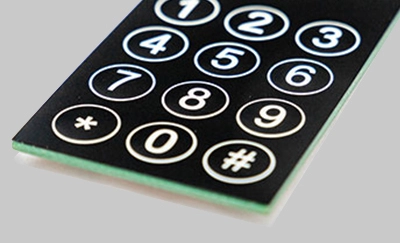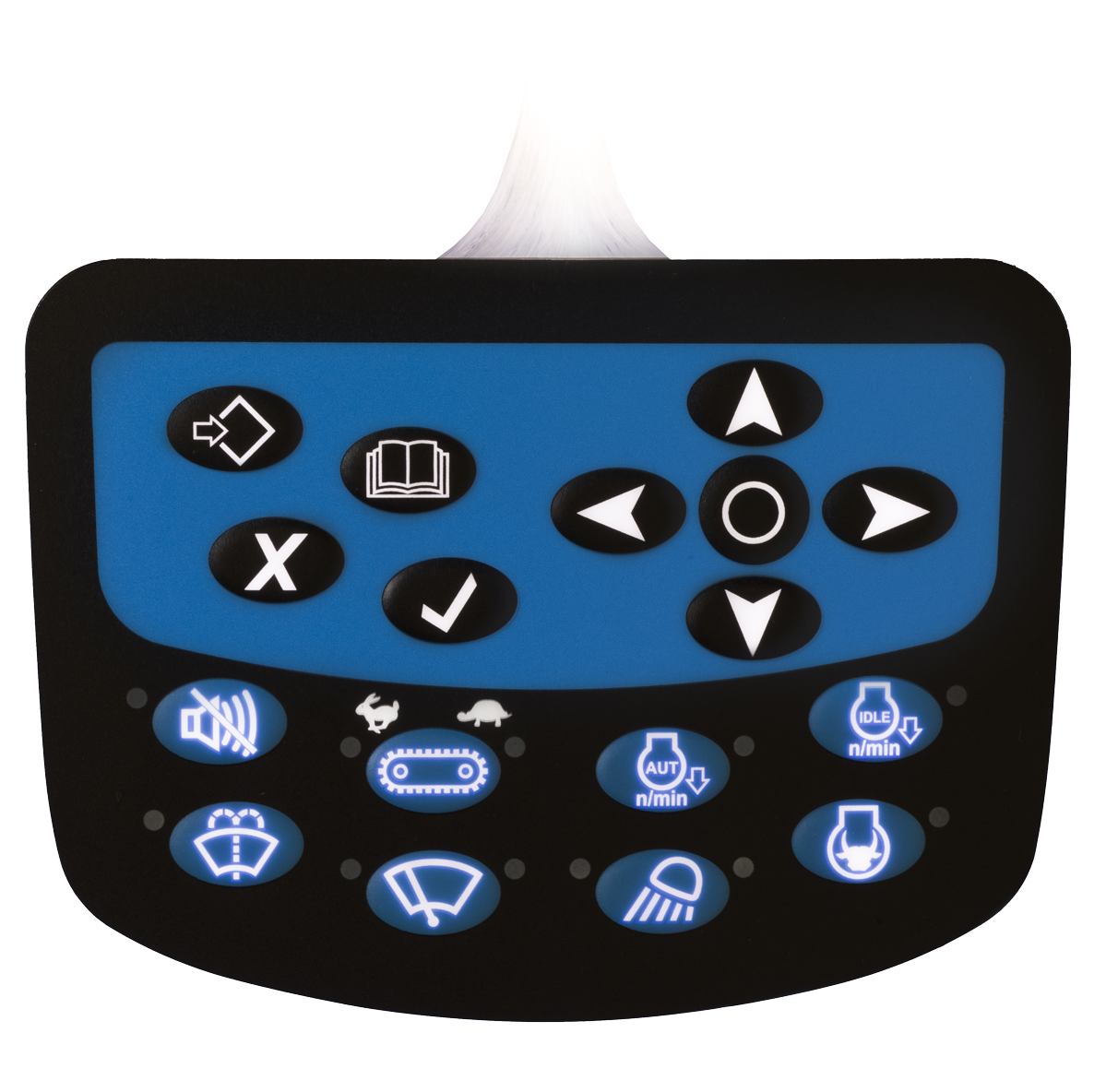Top Benefits of Using a Membrane Switch in Custom Control Panels
Top Benefits of Using a Membrane Switch in Custom Control Panels
Blog Article
Comprehending Membrane Changes: The Secret to Dependable and sturdy Controls
Membrane layer switches over represent a vital aspect of contemporary user interface layout, mixing functionality with strength in various applications. As we discover the intricacies of membrane layer switches, it comes to be clear that their function in enhancing control systems is both extensive and intricate, raising concerns regarding how finest to utilize their capabilities in future developments.
What Are Membrane Buttons?
Membrane switches are an innovative solution in the realm of user interface technology, combining functionality and design perfectly. These devices serve as a user interface between individuals and electronic systems, incorporating several parts right into a small layout. Usually constructed from flexible, slim layers of materials, membrane buttons are designed to react to touch, enabling users to communicate with machinery and digital gadgets properly.
The key aspects of a membrane button include a printed circuit layer, graphic overlay, and a spacer layer that protects against unplanned activation. The visuals overlay can be tailored to show brand identification or user choices, enhancing appearances while making certain functionality. Membrane buttons are frequently utilized in different applications, consisting of clinical gadgets, customer electronic devices, and commercial devices, owing to their resilience and resistance to ecological elements such as wetness and dust.
One of the key benefits of membrane layer buttons is their capacity to withstand wear and tear, making them optimal for high-traffic environments. In addition, they are light-weight and need very little room, allowing for cutting-edge styles in item advancement. In general, membrane switches represent a effective and sensible choice for modern electronic user interfaces, marrying technology with user-centric design principles.

How Membrane Layer Changes Work
The procedure of membrane switches depend upon a straightforward yet efficient mechanism that translates customer input into digital signals. These buttons contain several layers, usually including a visuals overlay, a spacer layer, and a circuit layer. When a customer presses the button, the top layer flaws, permitting a conductive aspect in the circuit layer to reach a corresponding conductive pad on the bottom of the graphic overlay. This call closes the circuit and sends out a digital signal to the gadget, suggesting that the switch has been activated.
The layout of membrane buttons can differ, yet they commonly incorporate domes or tactile aspects to provide responses to the individual, enhancing the overall experience. The materials utilized in membrane layer switches, such as polyester or polycarbonate, contribute to their toughness and resistance to ecological elements, consisting of wetness and dirt. Additionally, the published circuits are normally enveloped, which shields them from wear and tear over time.

Advantages of Membrane Buttons
One of the primary benefits of membrane switches is their adaptability in style, allowing them to be personalized to fulfill details user needs and visual requirements. This flexibility extends to different industries, where various shapes, sizes, and shades can be used to improve individual communication and visual allure.
Furthermore, membrane buttons are known for their toughness. Constructed from robust materials, they are immune to dust, moisture, and physical wear, which considerably expands their life-span contrasted to typical mechanical switches. This resilience makes them particularly ideal for high-traffic settings and applications requiring long life.

Furthermore, membrane buttons offer a streamlined account, causing a thinner design that can be incorporated right into different gadgets without including bulk. This function not just enhances the visual allure yet likewise contributes to an extra ergonomic item layout.

Applications of Membrane Switches
Straightforward and flexible, membrane switches discover applications throughout a variety of sectors, including medical gadgets, consumer electronics, and industrial devices. In the clinical area, these switches are important to gadgets such as analysis devices, person tracking systems, and mixture pumps, where dependability and simplicity of cleaning are important. Their capacity to keep and withstand extreme environments capability makes them excellent for such applications.
In consumer electronics, membrane buttons are used in items like microwaves, washing makers, and remotes - membrane switch. Their sleek style permits instinctive individual my company interfaces, improving the total individual experience while supplying longevity and resistance to tear and use
Commercial equipment likewise benefits from membrane switches, particularly in control panels for machinery and automation systems. These buttons offer security against dust and dampness, guaranteeing constant performance in challenging settings. Their personalized functions permit producers to tailor them to specific operational demands, boosting performance and performance.
Picking the Right Membrane Switch
When selecting a membrane layer button, it is important to consider different aspects that affect efficiency and suitability for specific go applications. The key factors to consider include environmental problems, tactile responses, sturdiness, and layout requirements.
First, evaluate the operating atmosphere; switches exposed to wetness, chemicals, or severe temperatures call for details materials to ensure longevity and capability. Next, evaluate the requirement for tactile comments. Depending on user communication, some applications may take advantage of a responsive feedback to confirm activation, while others might prefer a non-tactile style for visual reasons.
Resilience is an additional important element; membrane layer buttons need to be made to endure regular usage, effects, and abrasion. Ensure the picked switch can withstand the expected lifecycle, especially in high-usage situations.
Final Thought
In verdict, membrane layer switches serve as vital components in the design of sturdy and reputable control systems throughout various markets. The flexibility of membrane switches permits for tailored services that meet particular operational demands, enhancing their significance in modern innovation.
Membrane changes stand for a crucial element of modern interface layout, mixing capability with durability in numerous applications.Membrane layer buttons are an advanced option in the world of user interface technology, integrating functionality and style seamlessly. Typically created from flexible, slim layers of materials, membrane layer buttons are made to react to touch, making it possible for users to interact with equipment and electronic devices effectively.
The style of membrane layer buttons can differ, however they commonly include domes or tactile elements to give responses to the user, enhancing the total experience.In verdict, membrane switches serve as crucial components in the have a peek at this website design of trustworthy and resilient control systems throughout various sectors.
Report this page